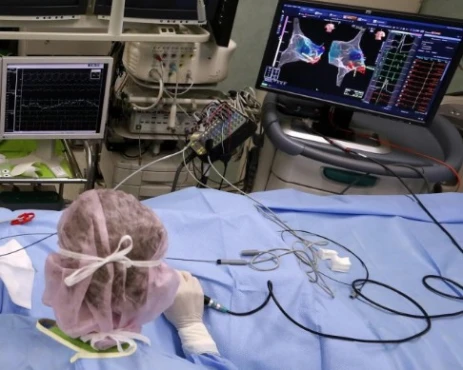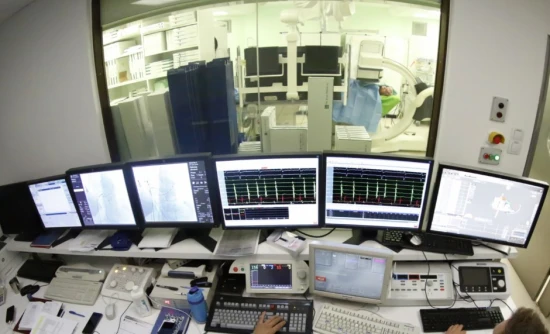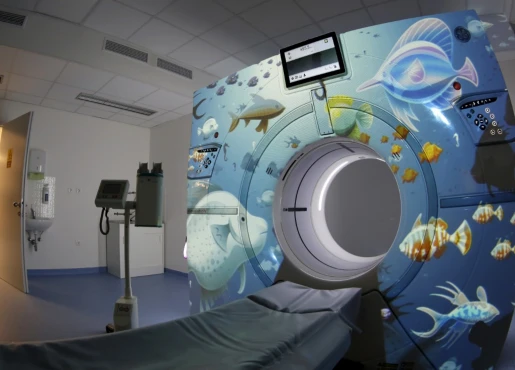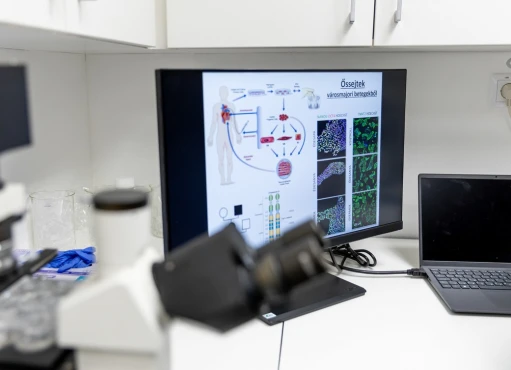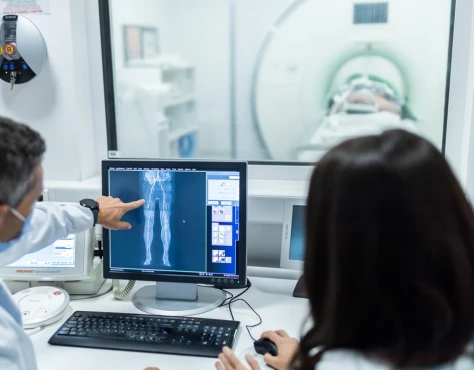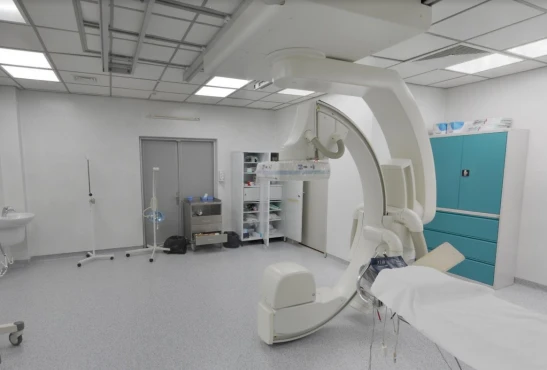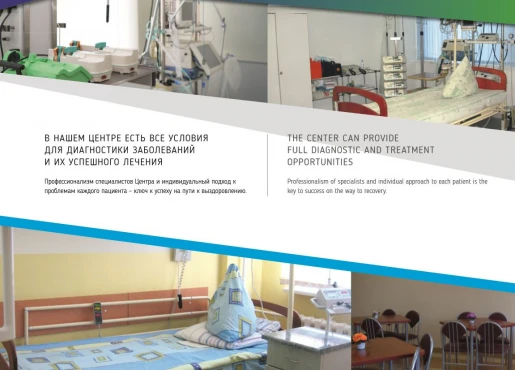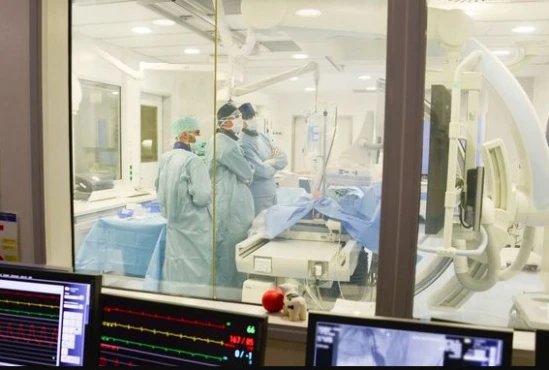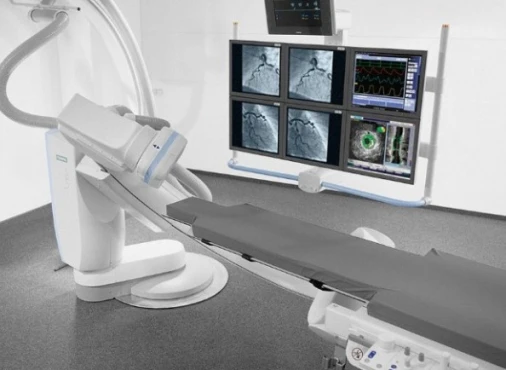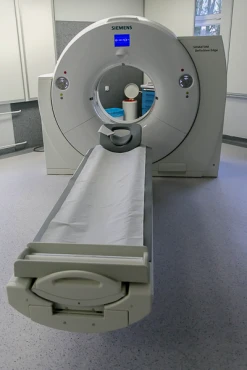Clinical picture of myocardial infarction
A heart attack, or myocardial infarction (MI) as it is properly called, is a common heart disease that is the leading cause of disability and death worldwide. Its development in most cases is associated with the development of atherosclerosis and vasoconstriction of the heart muscle.
The article is especially relevant today, since every year the number of patients with a heart attack is growing and, by suspecting this condition in a timely manner, it is possible to save a human life. Below we consider in detail the clinical picture of acute myocardial infarction, and also see if this pathology always has the same manifestations.
Clinical picture of myocardial infarction
The most common and characteristic symptom of myocardial infarction is pain. In typical cases, it is of a pressing, compressive nature, localized in the left half of the chest, behind the sternum (anginal pain). Sometimes the pain syndrome is accompanied by a feeling of heaviness, burning, cold sweat, a feeling of fear of death. Most often, the pain lasts more than 30 minutes, is not stopped by taking nitroglycerin and painkillers, it can proceed in waves, for a long time - then weakening, then again intensifying.
Atypical forms of myocardial infarction
In some cases, the symptoms of myocardial infarction may be atypical. There are the following forms of MI:
- Abdominal. With this form of MI, pain is localized in the upper abdomen, accompanied by bloating, nausea, and vomiting. Often these symptoms coincide with those of acute pancreatitis (inflammation of the pancreas).
- Asthmatic. It is presented by increasing shortness of breath, reminiscent of an attack of bronchial asthma.
- Cerebral. Presented by dizziness, impaired consciousness, neurological symptoms.
Atypical pain syndrome can be localized not in the chest, but in the right arm, shoulder, iliac fossa.
Painless ischemia (oxygen starvation) of the myocardium also occurs (more often in patients with diabetes mellitus). At the same time, sometimes patients may experience arterial hypotension (lowering blood pressure), weakness and cyanosis (blue) of the lips.
Symptoms of MI in older patients are less recognizable and more difficult to diagnose.
Why can the clinical picture differ in patients with diabetes mellitus?
Despite significant advances in the treatment of many manifestations of diabetes, acute myocardial infarction continues to be a major cause of morbidity and mortality in patients with this disease. In diabetes, the formation of atherosclerotic plaques and thrombosis increases, which contributes to the development of MI.
Autonomic neuropathy (diabetic nerve damage) can predispose to heart attack and lead to atypical presentation of symptoms, making diagnosis difficult and delaying treatment. The clinical course of myocardial infarction is often complicated and results in higher mortality in diabetic patients than in non-diabetic patients.
The development of myocardial infarction is often accompanied by the development of an inflammatory reaction due to the ingress of myocardial decay products into the systemic circulation. This may cause the following symptoms:
- increase in body temperature up to 38 °C (fever should not be more than seven days);
- leukocytosis (increase in the level of leukocytes in the blood; normalizes at the end of the 7th day from the onset of the attack);
- increased erythrocyte sedimentation rate (ESR) - usually detected at the end of the first week of MI and persists up to 14-21 days.
Are the manifestations of myocardial infarction different in men and women?
The results of studies indicate the presence of gender differences in the symptoms of MI. Women are significantly less likely than men to experience chest pain. However, females are more likely to experience fatigue, neck pain, fainting, right arm and jaw pain, and dizziness.
Complications of myocardial infarction and their manifestations
All complications of myocardial infarction are life-threatening, these include:
- Cardiogenic shock, in which the heart ceases to perform its main, pumping, function. As a result of this, the supply of oxygen along with blood to organs and tissues is sharply reduced, which entails a violation of their function, a change in blood acidity and other serious consequences.
- Rhythm and conduction disturbances (ventricular fibrillation).
- Acute heart failure (AHF) is a violation of the pumping function of the heart that develops in a short period of time.
- Development of left ventricular aneurysm.
- Dressler's syndrome (autoimmune heart disease, which usually develops 2-6 weeks after MI).
- Development of chronic heart failure. This complication may appear over time or be a continuation of AHF.
Summary
Thus, acute myocardial infarction is an emergency condition that is not always accompanied by typical symptoms: retrosternal pain, burning in the chest, shortness of breath, etc. In some cases, MI may resemble diseases of the digestive system or, for example, pathology of the central nervous system. Particular attention in clinical practice is paid to elderly patients and patients with concomitant chronic pathology (often diabetes mellitus): in such categories of persons, MI can have painless forms.
References:
- Jacoby RM, Nesto RW. Acute myocardial infarction in the diabetic patient: pathophysiology, clinical course and prognosis. J Am Coll Cardiol. 1992;20(3):736-744.
- Birnbach B, Höpner J, Mikolajczyk R. Cardiac symptom attribution and knowledge of the symptoms of acute myocardial infarction: a systematic review. BMC Cardiovasc Disord. 2020;20(1):445. Published 2020 Oct 14.
- Lu, L., Liu, M., Sun, R., Zheng, Y., & Zhang, P. (2015). Myocardial Infarction: Symptoms and Treatments. Cell Biochemistry and Biophysics, 72(3), 865–867.
- Sheifer, S. E., Manolio, T. A., & Gersh, B. J. (2001). Unrecognized Myocardial Infarction. Annals of Internal Medicine, 135(9), 801.
- Acute coronary syndrome: textbook. manual [Electronic resource] / A. A. Usanova, N. P. Sergutova, T. A. Kunyaeva, A. A. Dyachkova. - Saransk: Publishing House of Mordov. university 2020. - 6.72 Mb. ISBN 978-5-7103-3963-3.
- Coventry, L. L., Finn, J., & Bremner, A. P. (2011). Sex differences in symptom presentation in acute myocardial infarction: A systematic review and meta-analysis. Heart & Lung: The Journal of Acute and Critical Care, 40(6), 477–491.








